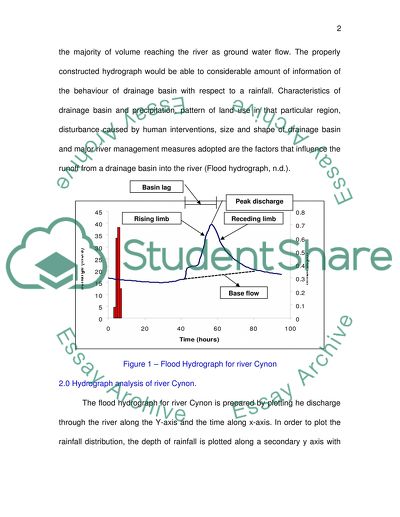Cite this document
(“Storm Drainage Design Project, Flood Hydrographs Essay”, n.d.)
Storm Drainage Design Project, Flood Hydrographs Essay. Retrieved from https://studentshare.org/miscellaneous/1521843-storm-drainage-design-project-flood-hydrographs
Storm Drainage Design Project, Flood Hydrographs Essay. Retrieved from https://studentshare.org/miscellaneous/1521843-storm-drainage-design-project-flood-hydrographs
(Storm Drainage Design Project, Flood Hydrographs Essay)
Storm Drainage Design Project, Flood Hydrographs Essay. https://studentshare.org/miscellaneous/1521843-storm-drainage-design-project-flood-hydrographs.
Storm Drainage Design Project, Flood Hydrographs Essay. https://studentshare.org/miscellaneous/1521843-storm-drainage-design-project-flood-hydrographs.
“Storm Drainage Design Project, Flood Hydrographs Essay”, n.d. https://studentshare.org/miscellaneous/1521843-storm-drainage-design-project-flood-hydrographs.


